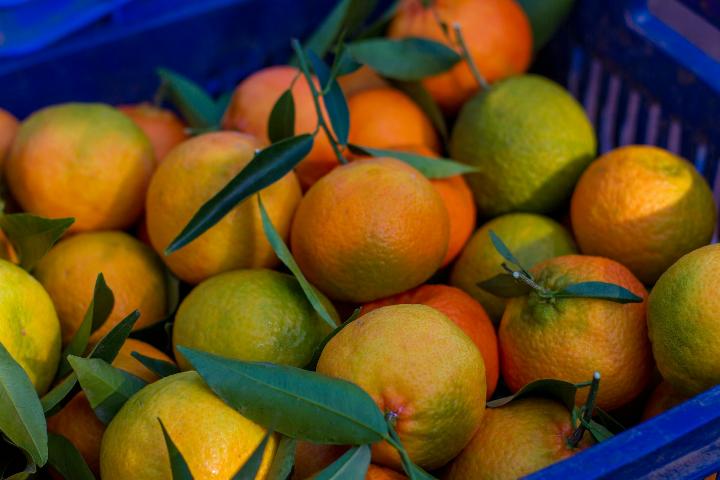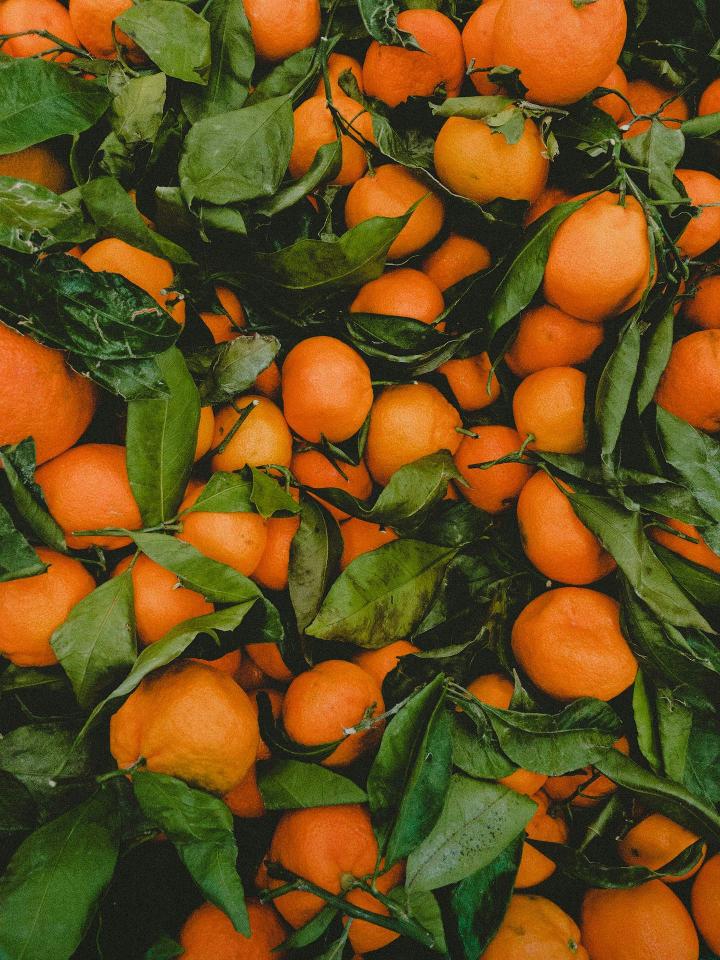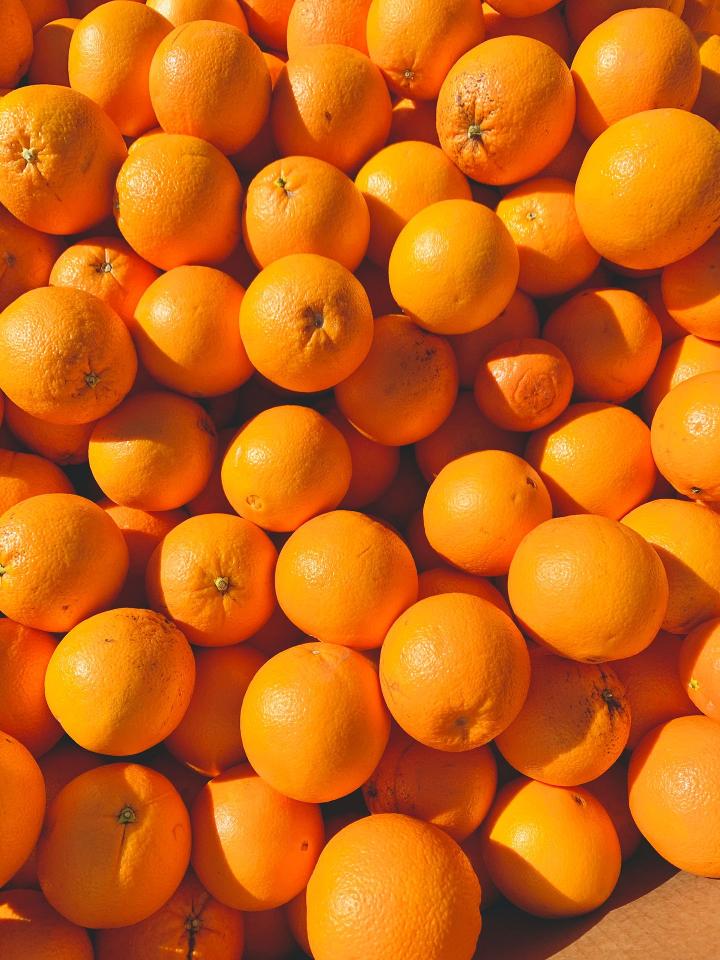Narinja Plant
Narinja trees, 10-20 feet tall in Zones 9-11, prefer well-drained soil and full sun for moderate growth. Known for their sweet and citrusy fruits, sweet limes are a variety of citrus popular for beverages and cooki

Habit
Tree
Height
15 ft
Growth
Moderate
Soil
Well Drained, loamy
Shade
Full Sun
Moisture
Moist
Edible
Yes
Medicinal
Yes
Yield Per Plant
Edible fruit
NPK ratio
Moderate
life Span
No
Health Benefits
Yes
Suggested Grow Media or Potting Mix ?
50% loamy soil, 30% compost, 20% sand
Suggested Fertigation/Fertilizers
Fertilize every 6 weeks with a balanced, slow-release fertilizer.
Common Diseases and Remedies
Root rot , sooty mould fungaI
whitening or yellowing of leaves . Wilting and chlorosis.
avoid water logging . Till the soil.
HEALTH BENEFITS
- Rich in vitamin C, boosting immunity.
- Supports heart health by reducing cholesterol.
- Aids digestion and improves gut health.
- Contains antioxidants that protect against free radicals.
What Is An Narinja Tree?
The kamala tree is a compact variety of the Narinja tree (Sweet Lime), perfect for small gardens, balconies or indoor spaces. These varieties are small in size, easy to handle, and suitable for container gardening. Kamala trees produce delicious, juicy fruit just like larger plants, making them a popular choice for home gardeners with limited space. It requires well-drained soil, regular watering, and plenty of sunlight to grow and bear fruit

What Are The Different Types Of Narinja?
1. Dwarf Narinja
This variety has been bred to remain smaller than traditional Narinja trees, making it suitable for small gardens and containers.
2. Terrace Narinja
These plants are bred specifically for terrace or container gardening and have a compact habit yet produce aromatic fruit.
3. Miniature Narinja
Another compact variety that produces small fruits, perfect for small gardens or indoor cultivation.
4. Bush Narinja
This type of Narinja plant has a bushy habit, making it suitable for hedging and ornamental purposes in addition to fruit production.

How To Care Narinja?
1. Location
Narinja trees grow in areas with full sunlight and well-drained soil. Choose a spot in your garden or balcony where your plant can receive at least 6 to 8 hours of direct sunlight each day. If growing indoors, place it near a sunny window that receives plenty of light. Make sure the soil is well-drained to avoid waterlogging that can cause root rot. Additionally,Narinja plants prefer warm temperatures. Therefore, do not place it in drafty or extremely cold locations. Given the right conditions, Narinja plants will grow and produce delicious fruit
2. Sunlight
Narinja plants thrive in areas that receive plenty of sunlight. They require at least 6 to 8 hours of direct sunlight each day for optimal growth and fruit production. Place your Narinja plant in an area that receives maximum sunlight, such as in your garden, on your balcony, or near a sunny window if you are growing it indoors. Lack of sunlight will result in poor growth and fruit production. Therefore, make sure your plants receive enough sunlight for healthy growth
3. Soil
Narinja plants prefer well-drained soil that is rich in organic matter. A sandy loam soil mixed with compost or well-rotted organic material works well. The soil must be well-drained to avoid waterlogging, which can cause root rot. Narinja plants prefer slightly acidic conditions, so make sure the soil pH is slightly acidic to neutral, ideally between 6.0 and 7.5.
4. Hydration
The hydration needs of Narinja trees are similar to those of other citrus plants. They require constant moisture, but don't overwater. Make sure the soil is evenly moist and allow the top 1 inch of soil to dry slightly between waterings. Water deeply if necessary to saturate the root zone. However, avoid standing water as this may cause root rot. Adjust the frequency of watering depending on environmental conditions such as temperature and humidity. If you ensure proper hydration, your kamala trees will grow healthily and produce fragrant fruit.

5. Nourishment
Use a balanced fertilizer for citrus. Apply according to manufacturer's instructions, usually during the growing season (spring and summer). Be careful not to over-fertilize as this will disrupt the nutritional balance and cause root burn. Citrus plants benefit from micronutrients such as iron, magnesium, and zinc. Look for fertilizers formulated specifically for citrus trees that contain these micronutrients. Mix compost or well-rotted manure into the soil around the base of the plant. This improves soil fertility and provides essential nutrients to the roots over time.
6. Issues
Aphids, scale insects, citrus leafminers, and mites are common pests that attack Narinja plants and can cause damage to leaves, flowers, and fruit. Citrus fruits may be susceptible to diseases such as Huanglongbing disease. Citrus canker, various fungal infections such as anthracnose and root rot. Insufficient or unbalanced nutrients in the soil can cause yellowing of leaves, reduced growth, and reduced fruit production. Deficiencies in micronutrients such as iron and magnesium are common in citrus plants.
What Are The Benifits Of Kamala
Nutritional value: Narinja fruit is rich in vitamin C, antioxidants, and other nutrients, making it a healthy addition to your diet. Consuming these fruits strengthens your immune system, promotes skin health, and aids digestion. Compact size: Narinja plants are smaller than standard mosambi trees, making them suitable for growing in small gardens, balconies, and even indoors. Its compact size makes it easy to maintain and harvest. Decorative value: Narinja plants not only produce delicious fruits but also add decorative value to your garden or indoor space. The glossy green foliage and fragrant flowers make an attractive addition to any landscape. Aromatic Scent: Narinja flowers emit a sweet, citrus scent that scents the air in your garden or home, creating a pleasant atmosphere. Environmental Benefits: Like all plants,Narinja plants support environmental sustainability by absorbing carbon dioxide, releasing oxygen, and providing habitat and food for beneficial insects and birds.

FAQ's About Growing Narinja
1. What type of soil is best for Narinja plants?
Narinja plants thrive in well-drained soil that is rich in organic matter. A soil mixture resembling sandy loam is ideal for these plants. The soil must drain well to avoid waterlogging that can cause root rot. Sandy or loamy soils tend to drain better than clay soils.
2. How much sunlight does a Narinja plant need?
Narinja plants require plenty of sunlight to grow and produce fruit. They typically require at least 6 to 8 hours of direct sunlight each day. Narinja plants prefer full sun, so they should be placed where they receive direct sunlight for most of the day. This ensures optimal growth and fruit production.
3. When is the best time to fertilize a Narinja plant?
The best time to fertilize a Narinja plant is during the growing season, which usually lasts from spring to summer. Fertilizing at this time of year will provide your plants with the nutrients they need for healthy growth and fruit production.
4. Can Narinja plants be grown indoors?
Yes, Narinja plants can be grown indoors, especially in areas where the climate may not be suitable for outdoor cultivation. Requires lots of sunlight. Therefore, it grows better indoors if you place it near a sunny window or under lights. Additionally, it is important to keep the soil moist but not soggy by providing well-drained soil and watering regularly. With proper care, Kamala plants can grow and produce fruit indoors
5. When is the best time to harvest Kamala fruit?

